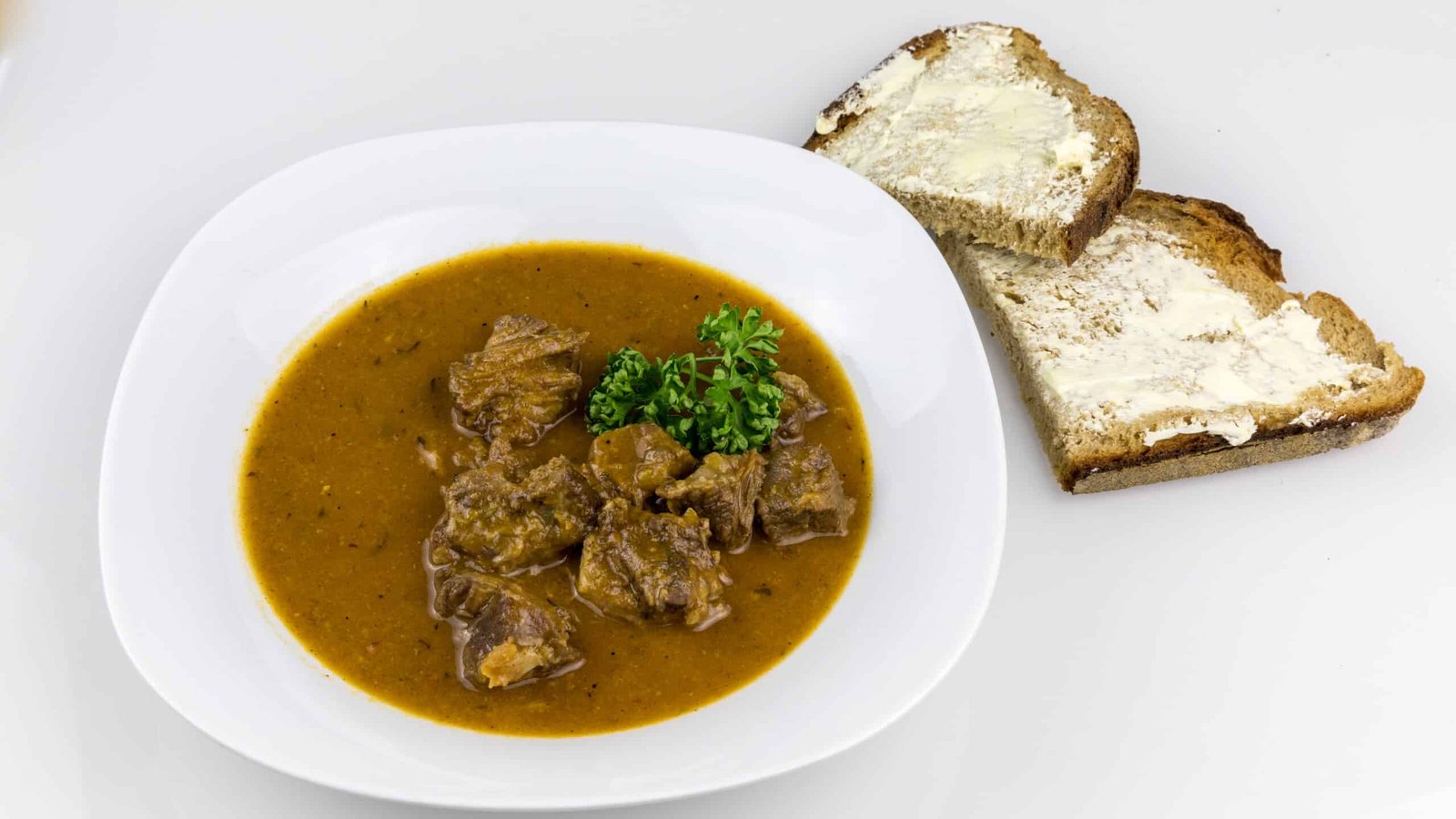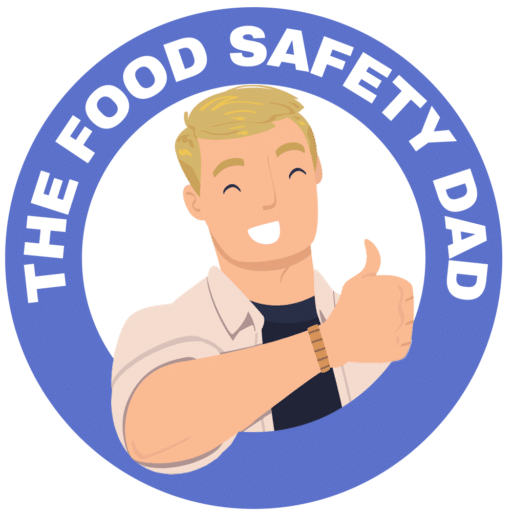Oxtail, historically the tail of an ox, now commonly refers to the tails of cattle. It’s a bony, gelatin-rich meat, which is usually slow-cooked as a stew or braised to bring out its full flavor and tenderness. It’s loved in many cuisines around the world for its rich taste and melt-in-your-mouth texture. But as with any meat, the key to safety lies in proper handling, cooking, and storage.
When selecting oxtail at the store, make sure it’s from a reputable source. Always check for a sell-by date and ensure the packaging is intact without any tears or leaks. You want to look for oxtail with a deep red color, not grayish or brown, which can be a sign of spoilage.
Once you’ve got your oxtail, it’s critical to keep it refrigerated or frozen until you’re ready to cook. If you’re not cooking it within a few days of purchase, your best bet is to freeze it. According to the FDA, you can safely freeze oxtail for 4 to 12 months.
The key to cooking oxtail safely is to ensure it reaches the right internal temperature. The CDC recommends cooking beef to an internal temperature of 145°F (62.8°C) and allowing it to rest for at least three minutes before carving or eating. This rest time is important as it allows the temperature to continue to rise slightly, which can further kill off any harmful bacteria.
Slow cooking oxtail is a popular method as it breaks down the connective tissues, but no matter how you cook it, use a meat thermometer to check that it has reached the safe temperature.
Cross-contamination is a food safety hazard you’ll want to avoid. Always use separate cutting boards and knives for meat and other foods like vegetables. After handling raw oxtail, wash your hands thoroughly with soap and water for at least 20 seconds, and clean all surfaces and utensils with hot soapy water or a kitchen disinfectant.
After enjoying your oxtail dish, cool any leftovers quickly and store them in the refrigerator within two hours of cooking. Leftover oxtail can be stored in the fridge for 3 to 4 days or frozen for 2 to 6 months for best quality. When reheating, make sure it reaches an internal temperature of 165°F (73.9°C), as per FDA recommendations, to ensure any potential bacteria are destroyed.
Oxtail isn’t just delicious; it’s also nutritious. It’s a good source of protein and minerals like iron and zinc. However, it’s also high in fat, particularly saturated fat, so it should be enjoyed in moderation, especially if you’re watching your cholesterol levels.
The risks associated with oxtail are not significantly different from those of other cuts of beef. The primary concerns are the same: proper cooking, avoiding cross-contamination, and safe storage. No meat is without its risks; however, with careful handling, oxtail is as safe to eat as a ribeye steak or a beef brisket.
So, there you have it! Oxtail can be a delicious and safe addition to your culinary repertoire when handled with a little food safety savvy. Whether you’re a seasoned oxtail aficionado or a curious foodie looking to try something new, rest assured that with these safety tips, you can enjoy this traditional delicacy worry-free. Happy cooking, and untilnext time, stay safe and savor every bite!


